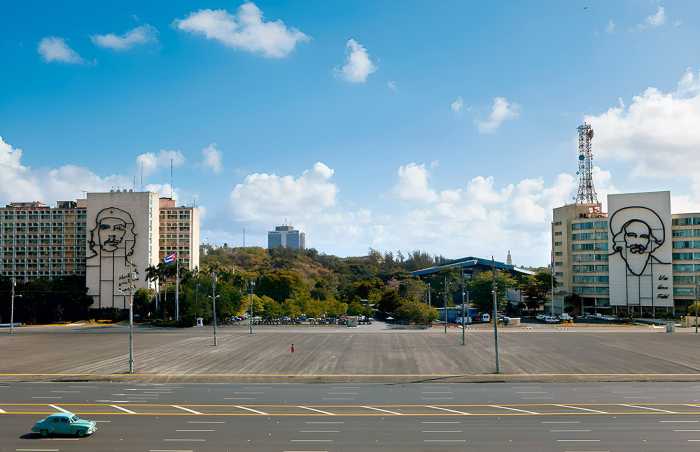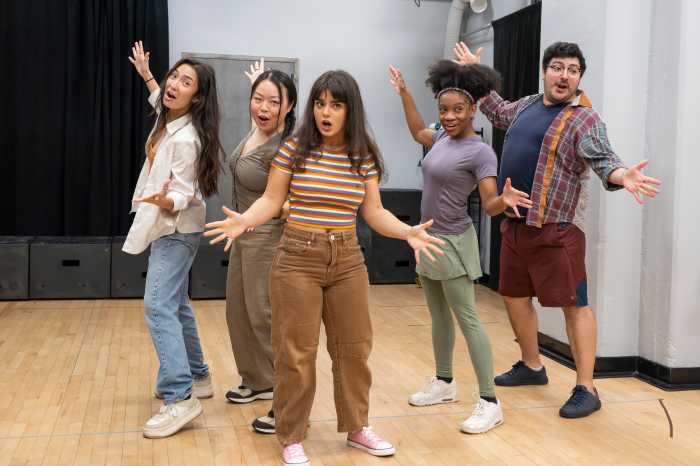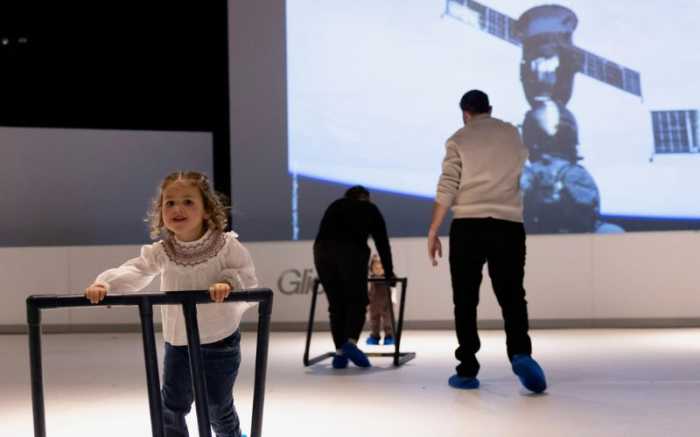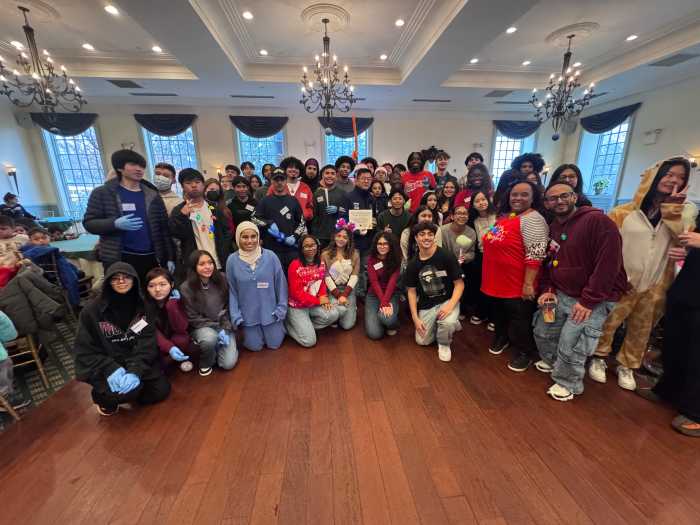Tuesday marks the day that the city Department of Transportation will begin issuing tickets to motorists who block the bus lanes along Jay Street in Brooklyn from Tillary to Livingston Streets, weekdays between 7 a.m. and 7 p.m.
But for the next 60 days, these will just be warnings before fines are imposed from two automated cameras mounted on poles on the corridor; after the grace period, motorists receiving a summons will be charged $50 and the fines will increase for repeat offenders.
Having launched in August, the Jay Street Busway was part of Mayor Bill de Blasio’s Better Buses Restart plan which aimed to boost mass transit efficiency as New York City came out of lockdown from the first wave of the COVID-19 pandemic.
Since August, DOT said weekday bus speeds going south have increased from 27% to 79% and 45% to 81% in the northbound lane in comparison to the same period of time in 2019.
Camera enforcement of bus lanes has already been implemented on over 25 bus corridors included, more famously, the 14th Street busway for the M14 line launched in November 2019. By January, there were already measurable benefits in the form of ridership increases and faster commute times.
As explained by DOT and MTA officials in August, the camera enforcement will keep track of cars blocking bus lanes by collecting evidence of vehicles buses are forced to veer around. If the car is still there when a second bus passes by, a ticket will then be issued by the on-board cameras.
The cameras have dual lenses for recording stills and video in both daytime and night.
Under state law passed in 2019, the city will be allowed to expand this camera enforcement program at their own discretion, DOT said.
Correction: an original version of this story stated that the Jay Street busway would be enforced by bus-mounted cameras. They are, however, mounted on poles, according to DOT.







































